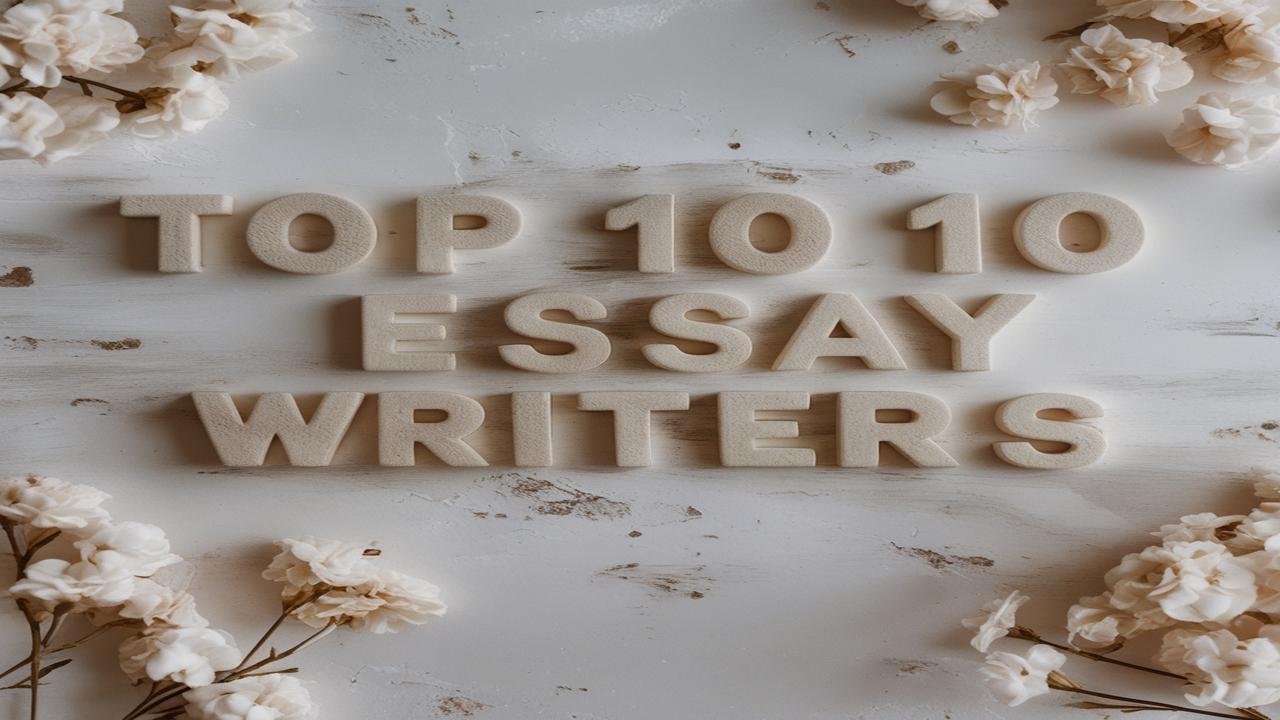For any gardener, the battle against weeds is a timeless saga. They pop up with relentless enthusiasm, stealing precious nutrients and moisture from your cherished plants. While traditional mulching with bark, straw, or compost is a fantastic solution, sometimes you need an extra layer of defense, a silent hero that stands guard against unwanted intruders while also nurturing the soil beneath. Enter the mulching mat – a versatile, often unsung champion in the gardening arsenal.
Mulching mats, also known as weed barriers or landscape fabrics, offer a smart, often low-maintenance solution to many common gardening woes. They suppress weeds by blocking sunlight, conserve soil moisture by reducing evaporation, regulate soil temperature, and in many cases, improve soil health over time. But with an abundance of options on the market, how do you choose the right guardian for your green space?
Let’s delve into the world of mulching mats, exploring what makes them tick and shining a spotlight on the top 10 choices that cater to different gardening philosophies, plant needs, and environmental considerations.
What to Look for in a Mulching Mat
Before we unveil our top picks, understanding a few key characteristics will help you make an informed decision:
- Material: From synthetic fabrics to natural fibers, the material dictates durability, breathability, and biodegradability.
- Permeability: Can water and air pass through? Good permeability is crucial for healthy soil and plant roots.
- Durability: How long will it last? Some mats are temporary, while others are designed for years of service.
- Ease of Installation: Are they easy to cut, shape, and secure?
- Environmental Impact: Is it reusable, recyclable, or biodegradable?
- Cost: Balancing effectiveness with your budget is always a consideration.
Now, let’s explore the top contenders that gardeners worldwide swear by.
The Top 10 Mulching Mats
-
Woven Polypropylene Landscape Fabric
- The Industry Standard: This is often what people picture when they think of landscape fabric. Made from woven synthetic fibers, it’s incredibly durable and excellent at blocking weeds. Its woven nature allows some air and water to penetrate, preventing the soil from becoming waterlogged or suffocated.
- Best For: Long-term weed control in permanent beds, pathways, under decking, or around trees and shrubs.
- Why Gardeners Love It: Its longevity and effectiveness make it a go-to for low-maintenance areas, offering years of weed-free bliss.
-
Non-Woven Spunbound Fabric
- The Breathable Protector: Unlike its woven cousin, spunbound fabric is created by bonding fibers together, resulting in a more porous, felt-like texture. This enhanced breathability is a significant advantage for perennial beds, vegetable gardens, or areas where you want excellent gas exchange with the soil.
- Best For: Flower beds, vegetable patches, and areas where plants need more oxygen at their root zone.
- Why Gardeners Love It: It offers superior breathability and water penetration compared to some woven fabrics, contributing to healthier soil microbial life.
-
Biodegradable Jute/Hessian Mats
- The Eco-Warrior’s Choice: Crafted from natural jute fibers, these mats are champions of sustainability. They suppress weeds effectively in their prime and then gracefully break down over time, enriching the soil with organic matter. They often have a coarse, open weave.
- Best For: New plantings, erosion control on slopes, establishing ground covers, or temporary annual gardens where soil enrichment is desired.
- Why Gardeners Love It: You get weed control without the guilt of synthetic waste, knowing it will eventually become part of your garden’s ecosystem.
-
Coir (Coconut Fiber) Mats
- The Moisture Maestro: Made from the fibrous husk of coconuts, coir mats are incredibly effective at retaining moisture, making them perfect for thirsty plants or drier climates. They are naturally antifungal, resist pests, and, like jute, are completely biodegradable.
- Best For: Tree rings, around shrubs, container gardening, or areas needing superior moisture retention and soil warming.
- Why Gardeners Love It: Their aesthetic appeal, impressive water-holding capacity, and natural resistance to mold and mildew make them a sustainable star.
-
Recycled Rubber Tree Rings
- The Unbreakable Barrier: For those seeking ultimate durability and minimal maintenance around trees, recycled rubber rings are a formidable option. Made from shredded tires, these heavy, dense mats stay put, prevent weeds, and offer a clean, finished look.
- Best For: Established trees and shrubs in lawns or landscapes where long-term, virtually maintenance-free weed suppression is paramount.
- Why Gardeners Love It: They never need replacing, don’t blow away, and provide excellent impact protection for tree trunks from mowers and trimmers.
-
Wool Mulch Mats
- The Insulating Innovator: Yes, wool! These natural mats, often made from felted sheep’s wool, are a newer, yet highly effective, entry. They excel at insulating the soil, keeping it warmer in winter and cooler in summer. Wool is highly breathable, absorbent, and breaks down slowly, adding nutrients to the soil.
- Best For: Protecting delicate plants from temperature extremes, boosting soil organic matter, and organic gardening.
- Why Gardeners Love It: Beyond weed control, wool offers superior temperature regulation and enriches the soil as it degrades, a true multitasker.
-
Burlap Weed Barriers
- The Versatile Naturalist: While similar to jute, burlap, often made from jute, hemp, or flax, tends to have a slightly looser weave. It’s an excellent natural, breathable option for temporary weed suppression, layering under other mulches, or protecting new seedbeds.
- Best For: Covering freshly seeded areas, temporary pathways, lining raised beds, or for specific projects where you want a natural, easily degradable barrier.
- Why Gardeners Love It: It’s readily available, inexpensive, and incredibly versatile for quick fixes and short-term applications.
-
Cardboard Mulch Sheets
- The DIY Dynamo: Perhaps the most accessible and budget-friendly “mat” on our list, plain corrugated cardboard sheets are gardening magic. When laid flat, they smother weeds, retain moisture, and slowly decompose, attracting earthworms and building rich, healthy soil.
- Best For: Establishing new garden beds (the “lasagna gardening” method), smothering stubborn perennial weeds, or transitioning lawn to garden.
- Why Gardeners Love It: It’s practically free, incredibly effective, and turns waste into a valuable soil amendment, a win-win for eco-conscious gardeners. (Remember to remove tape and labels!)
-
Perforated Plastic Mulch
- The Specialty Crop Enhancer: While general plastic sheeting can suffocate soil, perforated plastic mulch is designed with tiny holes to allow some air and water through. Its primary advantage is its ability to warm the soil significantly, which is a boon for heat-loving crops.
- Best For: Specialty crops like strawberries, melons, peppers, and tomatoes, especially in cooler climates, where accelerating growth and ripening is desired.
- Why Gardeners Love It: It offers precise soil temperature control and moisture management for specific crops, leading to earlier harvests and sometimes higher yields. (However, careful consideration of its non-biodegradable nature and proper disposal is key.)
-
Heavy-Duty Permeable Ground Cover
- The Commercial Grade Workhorse: This category often refers to an exceptionally thick, tightly woven polypropylene fabric, designed for the most demanding applications. It’s engineered to withstand foot traffic, heavy equipment, and extreme weather, offering superior weed suppression and stability.
- Best For: Commercial nurseries, public gardens, driveways, patios, or any area requiring maximum durability and long-term, robust weed control.
- Why Gardeners Love It: When you need a “set it and forget it” solution that can endure anything thrown at it, this heavy-duty option stands firm for decades.
How to Choose the Right Mat for You
Ultimately, the best mulching mat for your garden depends entirely on your specific needs, plants, and gardening philosophy. Are you seeking a temporary solution for an annual bed, or a permanent guardian for a beloved tree? Do you prioritize biodegradability, or is extreme durability your main concern? Consider the climate, the type of soil you have, and the amount of effort you’re willing to invest. By carefully weighing these factors against the unique advantages of each type of mulching mat, you’ll be well-equipped to choose the perfect ally in your gardening journey.






